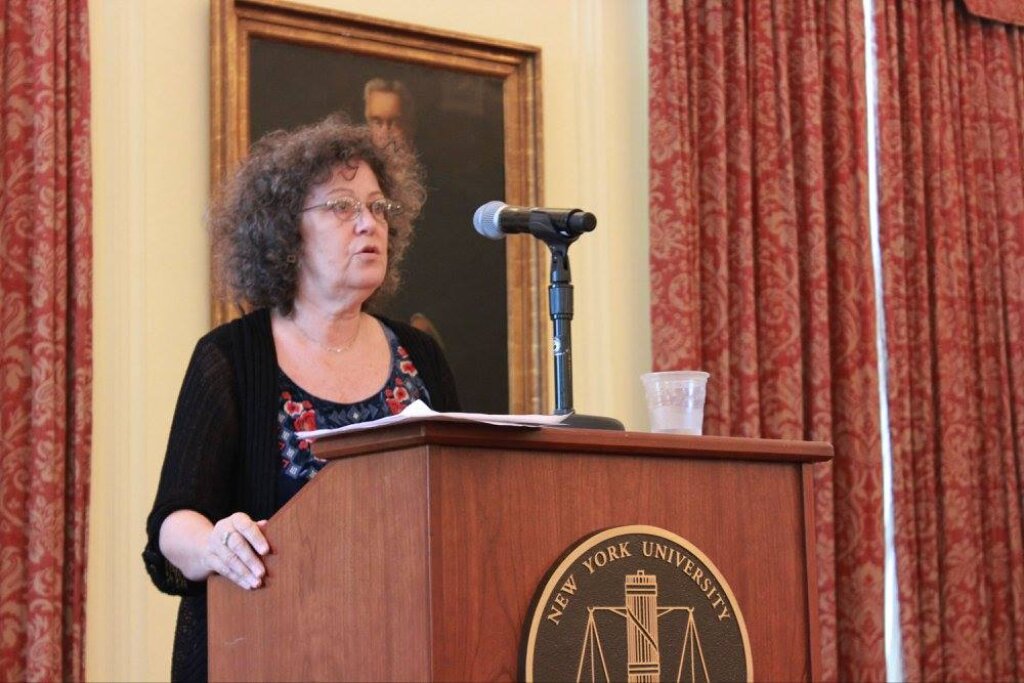Dr. Morena Skalamera is Assistant Professor of Russian and International Studies at Leiden University. Her research interests include the political economy of Eurasia, Russian and post-Soviet Politics, and the Geopolitics of Energy in Eurasia.
This post derives from her recent article, “The varying levels of contrasting adaptation in Central Asia’s climate change politics,” which appeared in Central Asian Survey in June 2024.
Two Central Asian fossil fuel giants, Kazakhstan and Uzbekistan, earned international attention with their bold claims of advancing renewable energy (RE) initiatives and achieving carbon neutrality within 25-35 years. Yet both Kazakhstan and Uzbekistan’s economies routinely rank among the most carbon and energy-intensive in the world. Their ambitious pronouncements reflect each country’s recognition of the international prestige and leverage to be gained from projecting ambitious green-energy goals — even as the effects of their de facto energy practices privilege interests that benefit from prioritization of fossil fuels. To best comprehend the reasoning for what may seem like a disjointed approach to energy, the concept of contrasting adaptation can provide a novel framework.
Kazakhstan and Uzbekistan are at the forefront of regional efforts in RE investment, while also being the largest oil and gas-producing nations of Central Asia. In both countries, the energy transition has resulted in two contradictory responses at multiple levels of political governance: a formal response that is broadly supportive of new “green” identities and policies, and an informal response that seeks to delay plans to decarbonize local business models and continues to prioritize fossil fuels with the help of new transnational networks. Despite the seeming incoherence of these positions, they illustrate approaches of contrasting adaptation.
Contrasting adaptation occurs as a form of “softer” climate opposition when two conditions are present: the state is characterized by a dynamic private energy sector, and significant foreign direct investment into the energy sector comes from international oil companies. Such conditions are met in both Kazakhstan and Uzbekistan, which share many similarities in their energy sector liberalization and internationalization, even as they differ in terms of governance structures or degrees of freedom of speech and other policy dimensions. This is why we have heard more rhetorical declarations supporting the global energy transition from the Kazakh and Uzbek rather than the Turkmen, Kyrgyz, and Tajik presidents.
The comparison of projecting one message on the global stage while pursuing a contrasting path in one’s one backyard clearly fits these situations. At the December 2020 UN Climate Ambition Summit, Kazakhstan’s President Kassym-Jomart Tokayev made a bold proclamation: Kazakhstan will achieve carbon neutrality by 2060. Then, on 31 January 2021, Uzbekistan announced that it, too, was joining the global race to carbon neutrality, and that it would outdo its neighbor Kazakhstan by 10 years and meet the same goal by 2050.
Skepticism could be warranted that they may commit to decarbonization on paper, without actually implementing it. As of 2021, Kazakhstan remained the largest emitter of carbon dioxide in Central Asia and, more alarmingly, 14th in the world (and 10th per capita). Natural gas dominates energy supply and has been a major source of export revenue in Uzbekistan, which has adopted legislative incentives to attract foreign investment to meet a growing domestic demand for natural gas.
The reality behind these declarations on the international stage is that, within Kazakhstan and Uzbekistan, the energy transition has resulted in two contradictory responses at multiple levels of political governance: visible support for “green” energy policy in formal terms, and an informal response that in effect delays plans to decarbonize local business models and privileges fossil fuels. Different actors shape political outcomes from different levels and aspects of public and private spheres in both countries. Contrasting adaptation accounts for seeming mixed messages and incongruent implementation.
As in similarly authoritarian settings, the ruling elites of both Kazakhstan and Uzbekistan have started adopting the language of environmental sustainability in speeches and pronouncements. More than a signal of disorganization in governance, the framework of contrasting adaptation explains these different messages for different audiences. Specifically, an outward-looking search for international approval separates Kazakhstan and Uzbekistan from neighboring countries that put less emphasis on international reputation.
The corporate and bureaucratic elites within Central Asia adopted new “green” agendas while simultaneously seeking the support of other hydrocarbon producers, including China, for oil and gas investments, production, and sales. Lines of division appear again within the countries, where ruling regimes severely restrict civic life. Visions of Kazakhstan and Uzbekistan as Central Asian beacons of hope for clean energy progress are undercut by their actions toward environmental activist movements, which are often treated as adversaries and face prosecution.
Contrasting adaptation also accounts for the countries’ positioning on the Carbon Border Adjustment Mechanism (CBAM). Even as Central Asian elites in Kazakhstan and Uzbekistan have formally joined the global race to carbon neutrality, in practice they also embrace Russian and Chinese discourses that frame CBAM as a protectionist measure designed to prop up the EU to the detriment of developing nations.
The RE ambitions proclaimed by Kazakhstan and Uzbekistan are not necessarily all for show, however. Both nations have pursued actions that promote RE development and stand to gain from investment in green energy initiatives. High-level political meetings between EU and Central Asian leaders have multiplied as both sides looked to diversify relations in the wake of Russia’s invasion of Ukraine. Even as Central Asian elites have emulated Russian rhetoric on a delayed “just” energy transition, they have also sought to embrace the EU’s “green” discourse and, especially, have welcomed its climate adaptation funds.
Therefore, to understand the feasibility for “greening” Central Asian petrostates amid the dynamism on both sides of the RE/ fossil fuel equation, it is necessary to consider how business and political elites prioritize climate change and their decision-making processes. The lens of contrasting adaptation can help make sense of what might otherwise seem an incoherent approach to energy sustainability.



